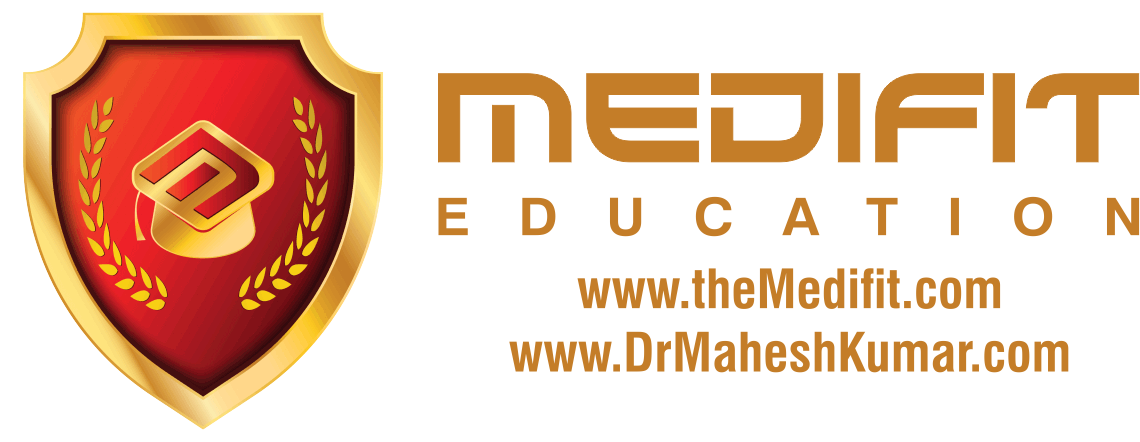Watch more How to Understand Obesity videos: http://www.howcast.com/videos/511330-How-the-Body-Stores-Fat-Obesity When you eat food, all food has calories. Calorie is a unit of energy, so when you eat food digestion begins in your stomach and then your intestines, and your body absorbs the nutrients that it needs in to your bloodstream. Throughout the day, your body will use those calories to help everyday functions of your heart, your lung, your brain, and even just going about your daily life. Whatever excess calories are not used can then be stored as fat. One place that the body stores fat is in your liver. So if you’ve ever had an ultrasound or a CAT scan, someone might have told you that you have a fatty liver. Another place that your body stores fat is just centrally, in your abdomen. This is called the omentum, that’s the fat that encases our organs. We all have that, but people have different amounts of fat depending on how much weight they’re carrying, and that’s actually the dangerous kind of fat, the kind that’s found centrally. Other people store their fat, maybe lower in their bodies, in their hips, in their thighs. This is referred to as gynecoid obesity. So while there’s different ways that the body stores fat, in order to determine if the amount of fat that you’re storing is excessive and that it puts you at increased health risk, you might want to calculate your BMI or your body mass index. And that’s the number that takes your weight and your height and forms a ratio, and helps you decide if you fall in to the obese category. A BMI of 30 or greater is considered obese and puts you at increased health risks. So these are just a few ways of how your body stores excess fat.

How the Body Stores Fat | Obesity
- Post author:
- Post published:May 15, 2021
- Post category:Uncategorized
- Post comments:0 Comments
You Might Also Like
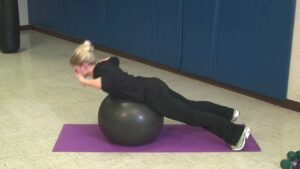
Stability Ball: Back Extension

Dumbbell Chest Workout (INCOMPLETE WITHOUT THIS!)

3 Ways to Hair Loss Treatment For Men I Male Pattern Hair Loss
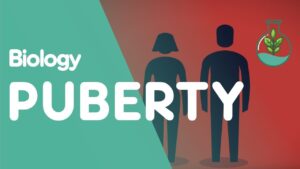
Puberty and The Hormones Involved | Physiology | Biology | FuseSchool
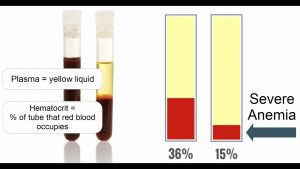
Anemia: what is it? what does it look? who gets it? how do we treat it?

Fitness & Nutrition : How to Properly Heal a Hamstring Injury
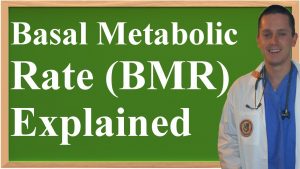
Basal Metabolic Rate (BMR) Explained

Sleep Video – 3

HGH, Growth Hormones & Plant Hormones Video – 33

Top 5 Tricep Exercises | Rob Riches

What is Oxygenated Water? Oxygenated water benefits you would not believe

Branches of Physiotherapy Video – 30

Geriatric Physiotherapy Video – 1

HOW TO MAKE SIMPLE FOOD SWAPS FOR A LOW CHOLESTEROL DIET
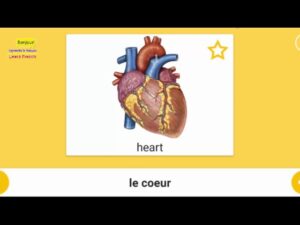
Part 2 – People – the internal organs – Important words with sound and the picture – Learn French
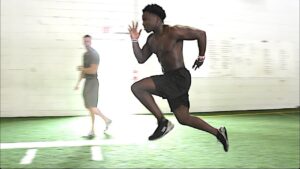
Top Speed & Lower Body Athletes Training | Overtime Athletes

What to Eat Before and After Workout at Gym | bodybuilding tips

Anabolism Meaning

Business Spotlight: Back to Basics Nutrition Shop

Chess Video – 4
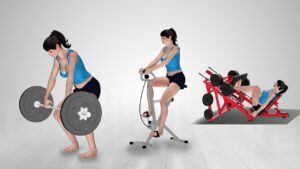
8 Exercises To Avoid For A Bulging Disc
![Read more about the article 15 Minute Full Body Dumbbell Workout [Strength and Conditioning]](https://videos.drmaheshkumar.com/wp-content/uploads/2021/10/15-Minute-Full-Body-Dumbbell-Workout-Strength-and-Conditioning-300x169.jpg)
15 Minute Full Body Dumbbell Workout [Strength and Conditioning]

Top 10 Best Vitamin B-Complex Supplements
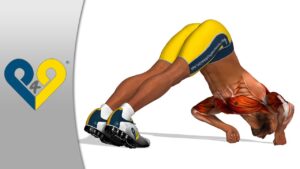
V Push Ups (with clenched fists) – Fitness exercises

World’s Best Fat Burner at CHEMIST SHOP | Cheapest | Guaranteed Result

What Is BMI (Body Mass Index)?
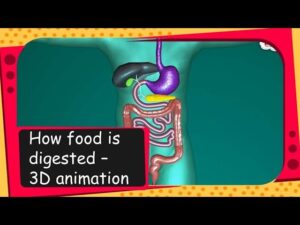
Science – How food is digested – 3D animation – English

How to Do a Hammer Curl | Female Bodybuilding

The Best Bodybuilding Carbs Sources For Muscle Growth
Shrugs-8

Latissimus Dorsi Bent Over Row-2

2D Echocardiogram
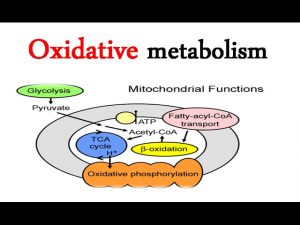
Overview of oxidative fuel metabolism

12 Exercises To Change Your Life

Wrestling Video – 3
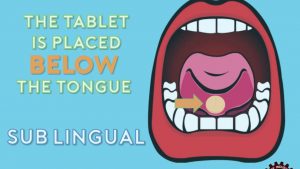
The Sublingual Route

Fatcell Animation, 3d animation of a shrinking fatcell

Definition Fitness – Building Dolph

Food That Burns Fat ! List Of Foods And Fruits That Burn Fat

Can Eating Carbs at Night Make You Gain Weight?
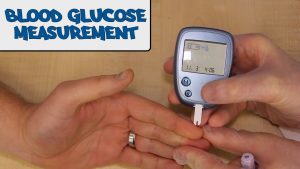
Blood glucose measurement – OSCE Guide

